As a tourist destination, Himeji Castle offers so much more than its grand castle complex. What you’ll find is a true photographer’s paradise!
The history of Himeji Castle
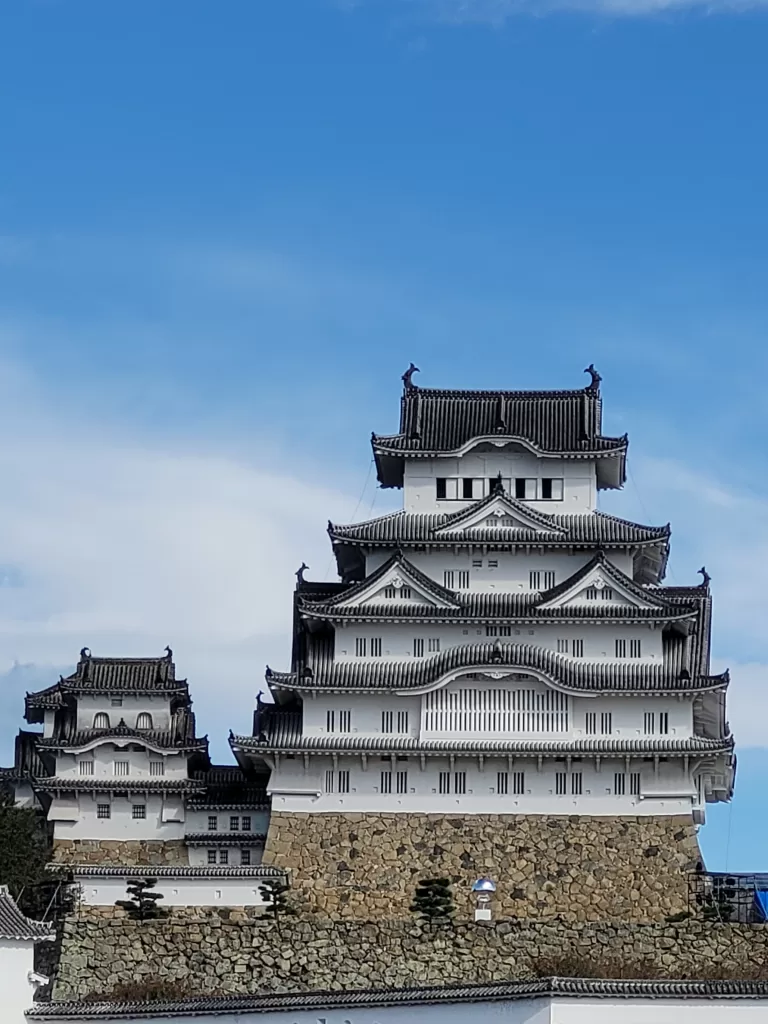
Himeji Castle is one of Japan’s oldest castles that still stands today. It was first built long ago in 1333 as a nameless fort that rested atop Himeyama hill. In 1561, it was officially named Himeji Castle after its remodeling by the Kuroda clan.
Over the centuries, the castle had undergone frequent expansions and renovations due to constantly sustaining war-related damages. Today, Himeji Castle is the most-visited castle in Japan and a registered UNESCO World Heritage Site.
A photographer’s paradise!
In and of itself, Himeji Castle is a picturesque structure that is recognized by its stunning white exterior made of over 80,000 white plaster blocks. The castle’s intricate design, with its many curves and angles, makes it a visually interesting subject to photograph.
However, what truly makes Himeji Castle a photographer’s paradise is the surrounding trees, bridges, and stone walls in the complex. The gardens and moats provide a beautiful and peaceful setting for photography.
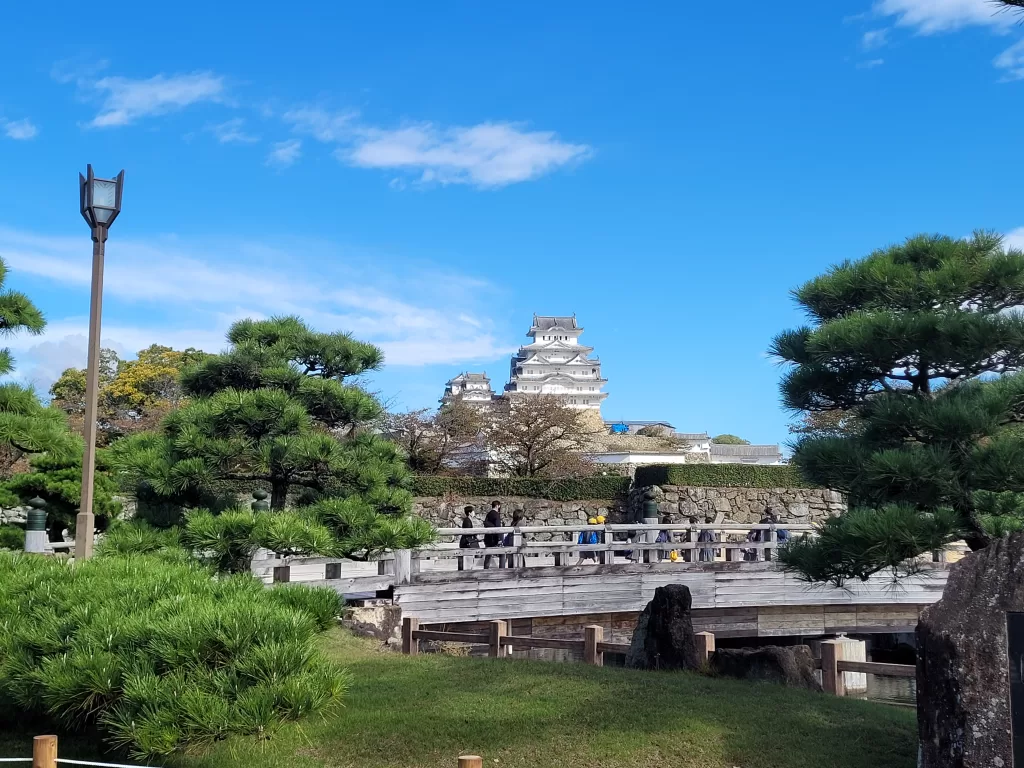
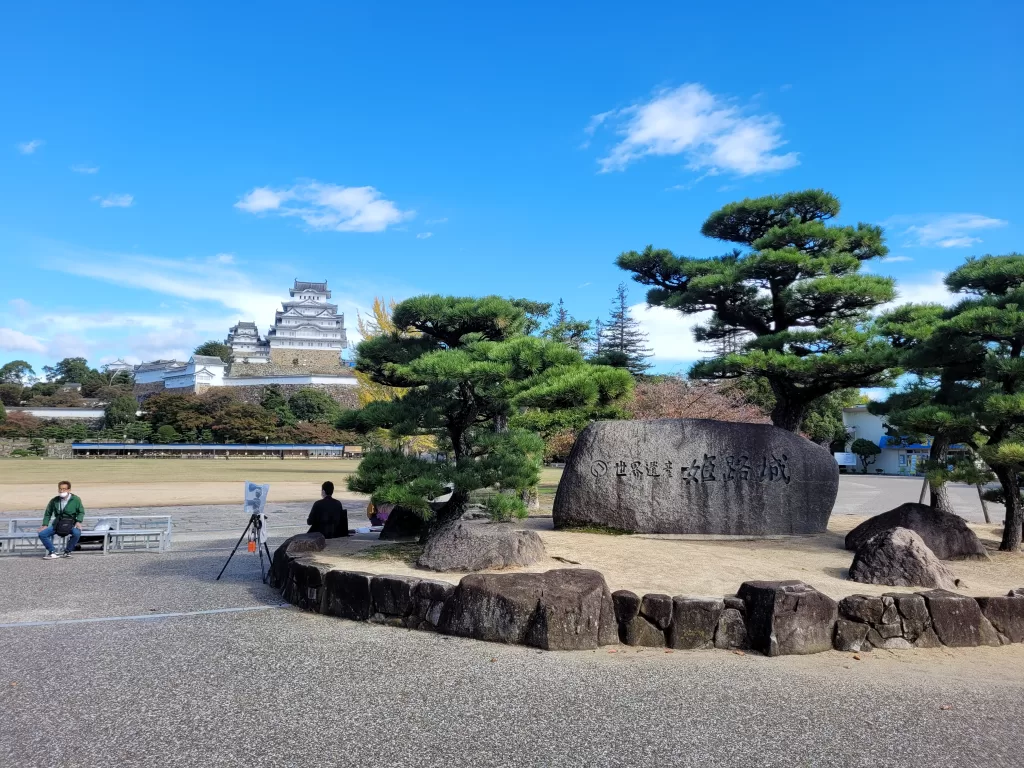
In particular, the well-kept lawns, bonsai trees, and shrubs provide a beautiful and serene atmosphere for taking photos. These gorgeous gardens are only made more picturesque with the backdrop of Himeji Castle’s pearl-white gaze.
As you walk through the vicinity, it’s not surprising to see professional photographers experimenting with different angles for the perfect shot.
Stunning waterways
Himeji Castle is surrounded by a large moat, which was originally built as a defensive measure to protect the castle from attackers. The moat, which is filled with water, is home to a variety of water birds, including ducks and herons, which add to the castle’s peaceful and serene atmosphere.
Truthfully, most of the photos I took during my visit to Himeji Castle were not of the castle itself. I was simply too mesmerized by the waterways, gardens, and bridges to give the castle my due attention.
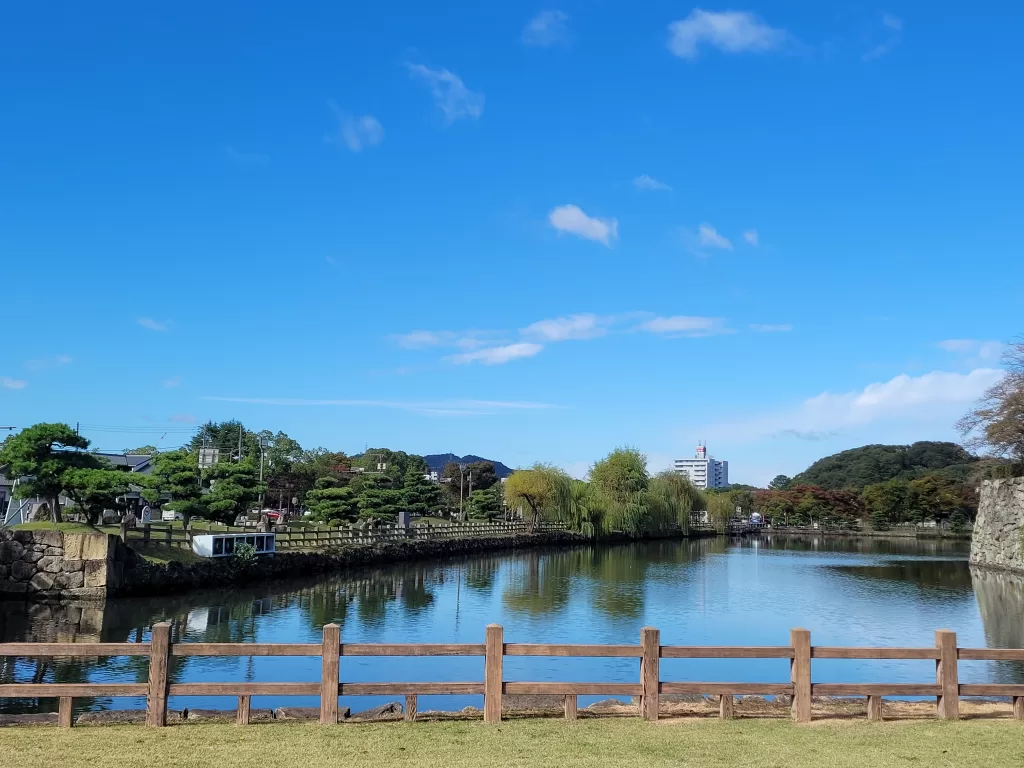
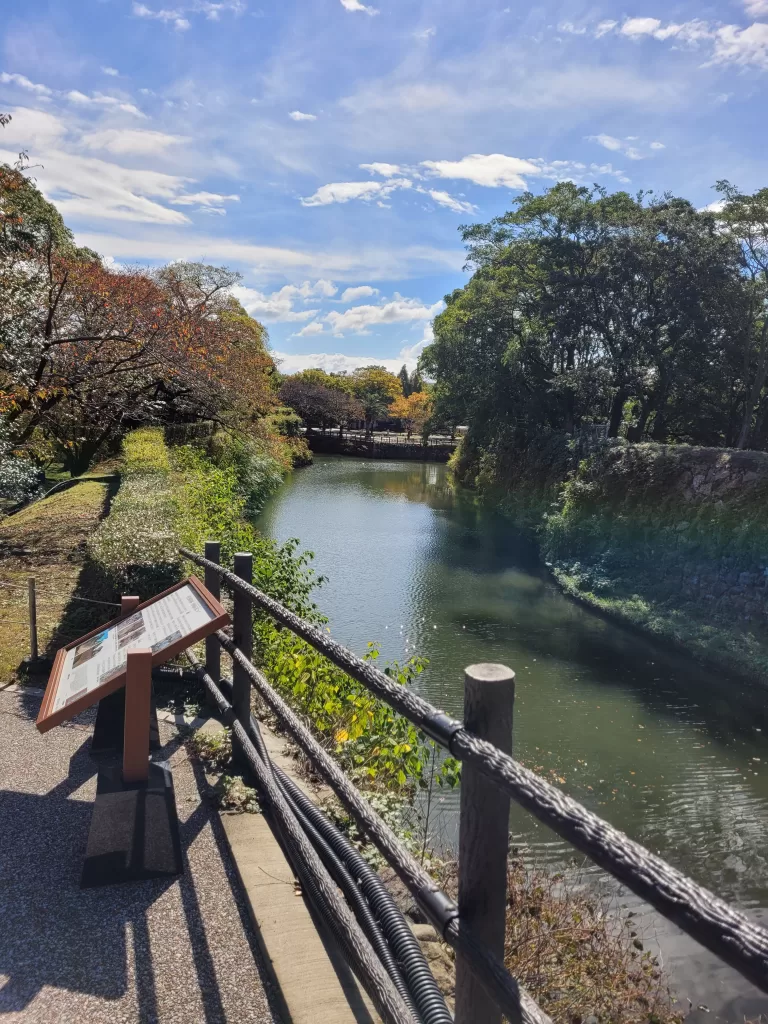
In addition to the moat, the castle is also surrounded by a series of smaller waterways, including a stream that runs through the castle’s gardens. These waterways, which are fed by the moat, help to irrigate the castle’s gardens and add to the overall beauty of the castle grounds.
I believe one of the best times to visit Himeji Castle is during the autumn season. During this time, there is an abundance of colorful red, yellow, and green leaf trees that beautifully decorate the castle’s crystal clear waterways and canals.
Of course, if you are planning to visit Japan, you’ll need a way to get around the country as efficiently and affordably as possible. Japan Rail provides an abundance of travel passes to suit your travel needs. So whether you are traveling individually or as a group, the JR Pass is every traveler’s go-to for getting around and making the most of your time in Japan!

